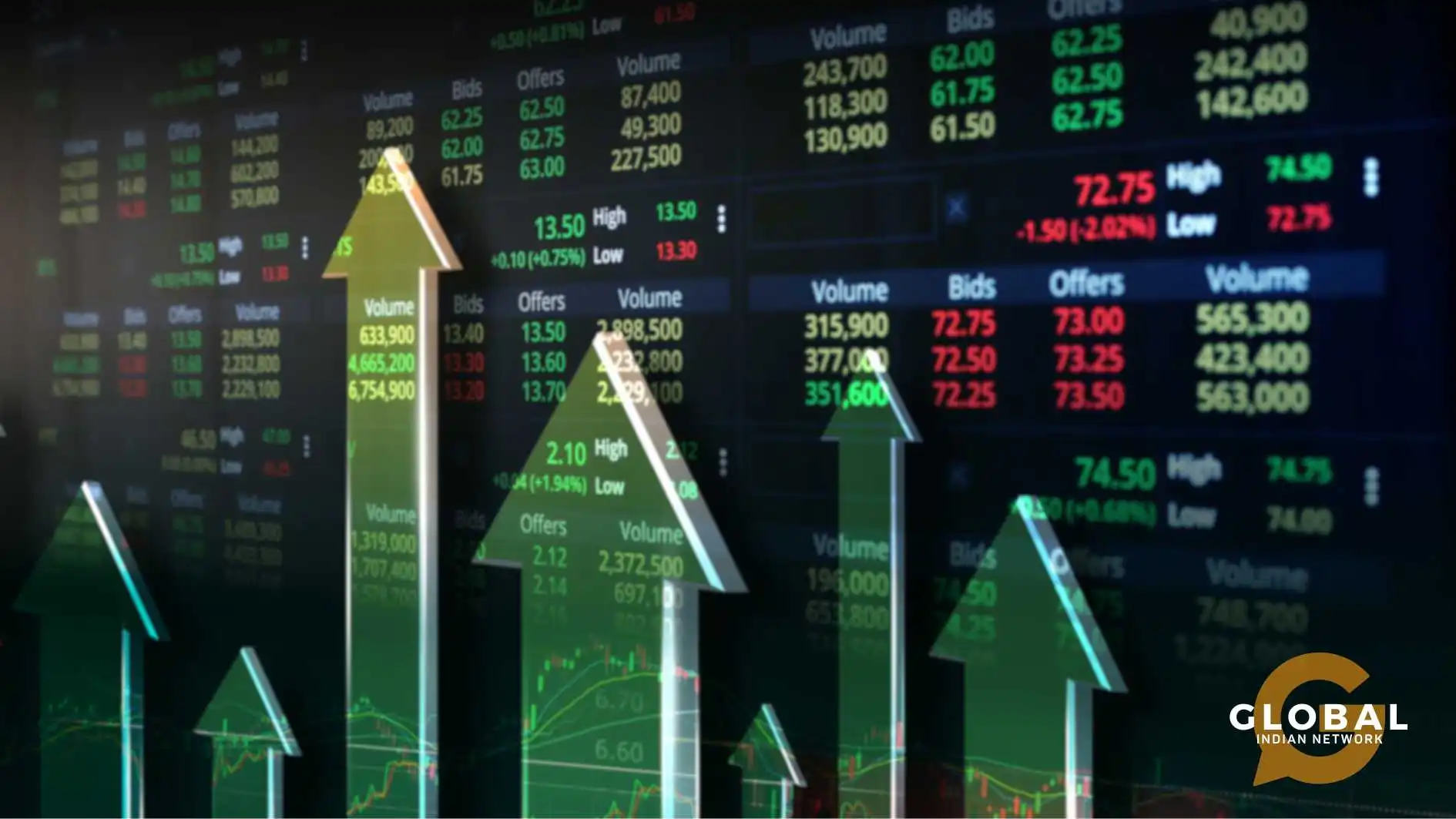The Hicksian theory of business aims to explain various stages of trade cycles and how economies undergo periods of growth or decline. His trade cycle theory focuses on the interplay between various factors, such as investments, savings and income. This blog will break down Hicks’ theory of business cycle, explore key concepts like autonomous investment, multiplier-accelerator interaction, and the employment ceiling, and explain how this theory of trade cycle can help explain booms and recessions.
Table of Contents
What is a Business Cycle?
A business cycle refers to the natural rise and fall of an economy over a period of time. Typically, a business cycle has four parts: expansion or boom, peak, contraction or recession, and trough. As the name suggests, these stages flow in a cycle, and the expansion/boom phase is usually the stage of high economic growth, increased employment levels, and high spending. The peak stage is the highest level of economic activity, and following this, the downtrend begins in the contraction/recession phase. This phase is marked by declining economic activity, income, and rising unemployment levels. The last stage is the trough phase, which marks the lowest point of the economy before it begins to trend upward again.
While there have been many business cycle theories that aim to explain the natural shifts in an economy, Hicks’ theory of business cycle stands out. Hicks’ superior theory integrates earlier theories and also provides a more comprehensive explanation. His focus on the interaction of the money market, investment coefficient, and average capital-output ratio makes it a complete theory.

Key Concepts in Hicks’ Theory of Business Cycle
Autonomous Investments
Autonomous investment refers to the levels of investment not influenced by an economy’s income levels. Autonomous investment takes place regardless of market conditions and is driven by other factors such as population growth, governmental investment, or an outburst of investment in new technologies. In Hicks’ theory of trade cycle, autonomous investment rises at a constant rate, and it sets the stage for the multiplier accelerator interaction.
Multiplier Accelerator Interaction
The multiplier effect explains how increases in investment can lead to increases in national income. This leads to a cyclic pattern of growth and contraction, as both variables dictate each other. For example, if a company invests in a new factory, then the income increases due to the jobs created by the new factory. Since the income increases, so does the spending, which trends back to the company, leading to increased investment through the acceleration effect. The accelerator principle states that increased demand for goods leads to a proportionally larger increase in investment expenditure.
During a boom, investment over time grows rapidly due to the accelerator effect, pushing the economy toward the employment ceiling (the maximum level of output an economy can sustain). Meanwhile, during a recession, investment falls as demand weakens, leading to a downswing investment phase. This interaction is a large part of Hicks’ theory of business cycle.
Equilibrium Path and Output
Under Hicks’ theory of business cycle, the equilibrium path and output refers to the stable level of output that an economy maintains over time. This path is a result of the multiplier accelerator interaction and the constant rate of autonomous investment. The economy is projected to grow without significant fluctuations and remain stable in the long run. However, in reality, this is not always the case. Economies may deviate from this path if actual output is higher than the equilibrium path or when it falls below the path.
Another key concept of the theory is the employment ceiling. The employment ceiling represents the maximum level of actual output an economy can produce without causing inflation. Growth slows when the economy hits this ceiling, and investment via accelerator falls, triggering a downturn.
How Hicks’ Theory Explains Booms and Recessions
Hicks’ theory primarily uses the multiplier effect to explain booms and recessions. During booms, an initial increase in investment, such as autonomous investment in new technology, boosts income and output through the multiplier effect. This rise in investment leads to increased income, which leads to increased spending and demand. This rise in demand leads to higher investment expenditure, creating a cycle of growth. As the economy approaches the employment output ceiling, almost all resources are utilized.
After the economy hits the ceiling, growth slows down, and investment declines through the acceleration effect. As investment falls, so do the other variables, such as income and demand, creating a cycle of downfall. Eventually, the economy reaches its lowest point- the through and negative investment stops. Following this, the cycle begins again, and the economy starts to grow.
Conclusion
In conclusion, Hicks’ theory of business cycle remains one of the significant tools in understanding the economy. By focusing on the relationship between investment with income and output, Hicks’ theory makes it possible to have a clearer framework for economic booms and recessions. Whether you are an economist or just someone interested in how the economy works, the Hicksian theory does a fundamental job of explaining booms and recessions in the economy.

FAQs
What is Hicks’ Economic Theory?
Hicks’ economic theory explains the economy of a nation by focusing on the interaction between investment, savings, and income to explain economic fluctuations and growth.
What is the Hicks’ Model of Growth?
Hicks’ theory of growth describes how economies grow at a constant rate along an equilibrium path, influenced by autonomous investment and the balance between savings and investment.
What is the Theory of the Business Cycle?
The business cycle theory aims to explain different stages in an economy, such as recession, growth, peak and trough. The theory results from various interactions between variables, such as national output, output over time and equilibrium rates.









